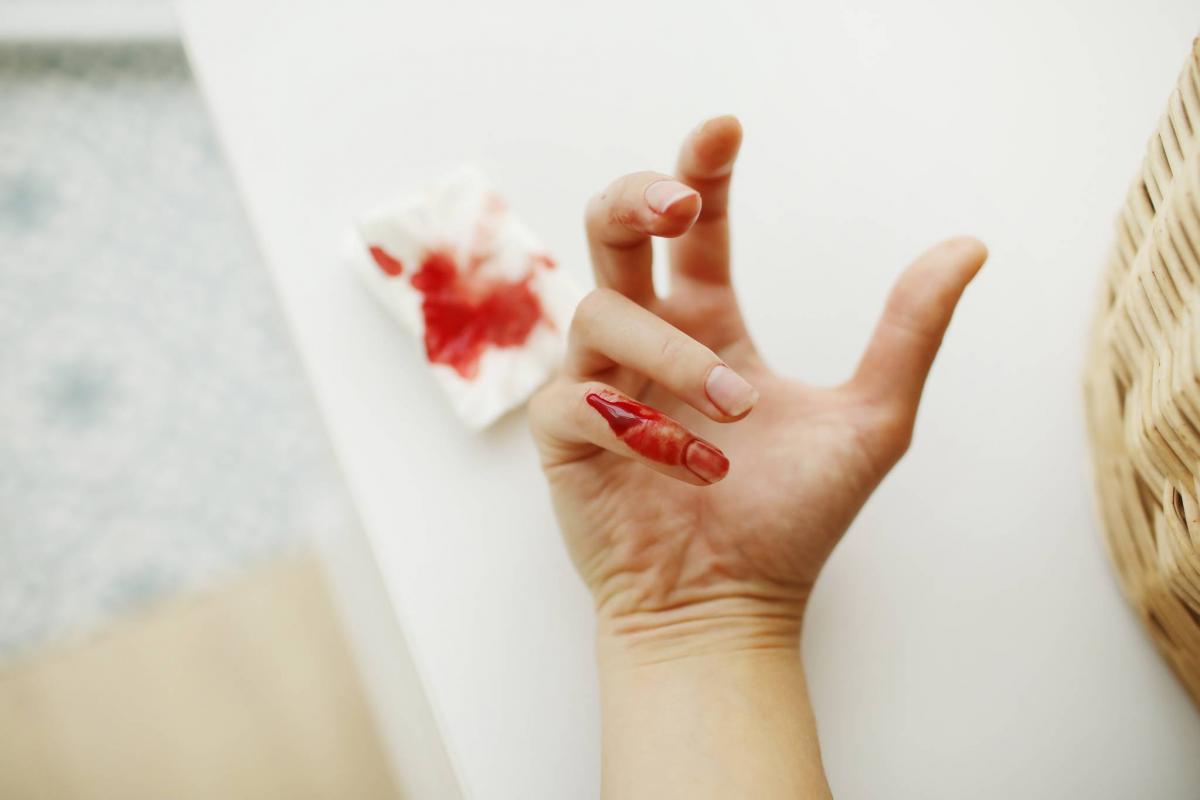April 17 is World Hemophilia Day. On this occasion, Al-Safa-News highlights this bleeding disorder. Hemophilia is a rare hereditary disease characterized by an absence or difficulty in clotting. The consequences and risks can be severe and disabling daily, with spontaneous or excessive bleeding in case of injury. Dr. Marcel Massoud, a hematologist-oncologist, answers the most pressing questions about this blood disease.
What is hemophilia ?
Hemophilia is a severe hereditary bleeding disorder that affects the blood clotting process. It manifests as prolonged bleeding following an injury or trauma, preventing blood from clotting and forming a clot to stop the bleeding. Indeed, in hemophiliacs, bleeding is not necessarily more intense, but it lasts longer than normal. The disease affects the joints and muscles, causing the formation of hematomas.
There are several forms of hemophilia: the most common is hemophilia A, which is due to a deficiency of clotting factor VIII, and the rarer hemophilia B, which is related to a deficiency of factor IX.
Symptoms and diagnosis of hemophilia
Given the hereditary nature of hemophilia, this bleeding disorder is usually diagnosed when patients are very young.
Signs and symptoms may include:
- Bruising or bruises
- Bleeding in muscles and joints
- Spontaneous bleeding
- Prolonged bleeding following trauma or surgery
What causes hemophilia ?
The causes of hemophilia are found in genetics. As a hereditary disease, hemophilia is transmitted in a recessive manner linked to the X chromosome from parent to child, meaning that when a mother transmits her X chromosome to her son, he is necessarily affected. However, it is possible for women to be affected by hemophilia if the father is himself a hemophiliac (very rare). The majority of people with hemophilia are male. In some cases, the anomaly appears without family history.
How is hemophilia treated ?
Currently, there is no cure for hemophilia. There are prophylactic, preventive treatments that reduce the harmful impacts of the disease, especially for moderate to severe stages.
These treatments consist of injections of functional clotting factors, factor VIII for hemophilia A and factor IX for hemophilia B.
These treatments are effective, demanding, and require discipline and vigilance.
How to live better with hemophilia ?
Living with hemophilia means taking precautions to limit the risk of bleeding and hemorrhages. It is advised against practicing high-risk sports. Regular gentle physical activity (such as cycling or swimming) is recommended to keep muscles and joints healthy.
Please post your comments on:
[email protected]
 Politics
Politics














